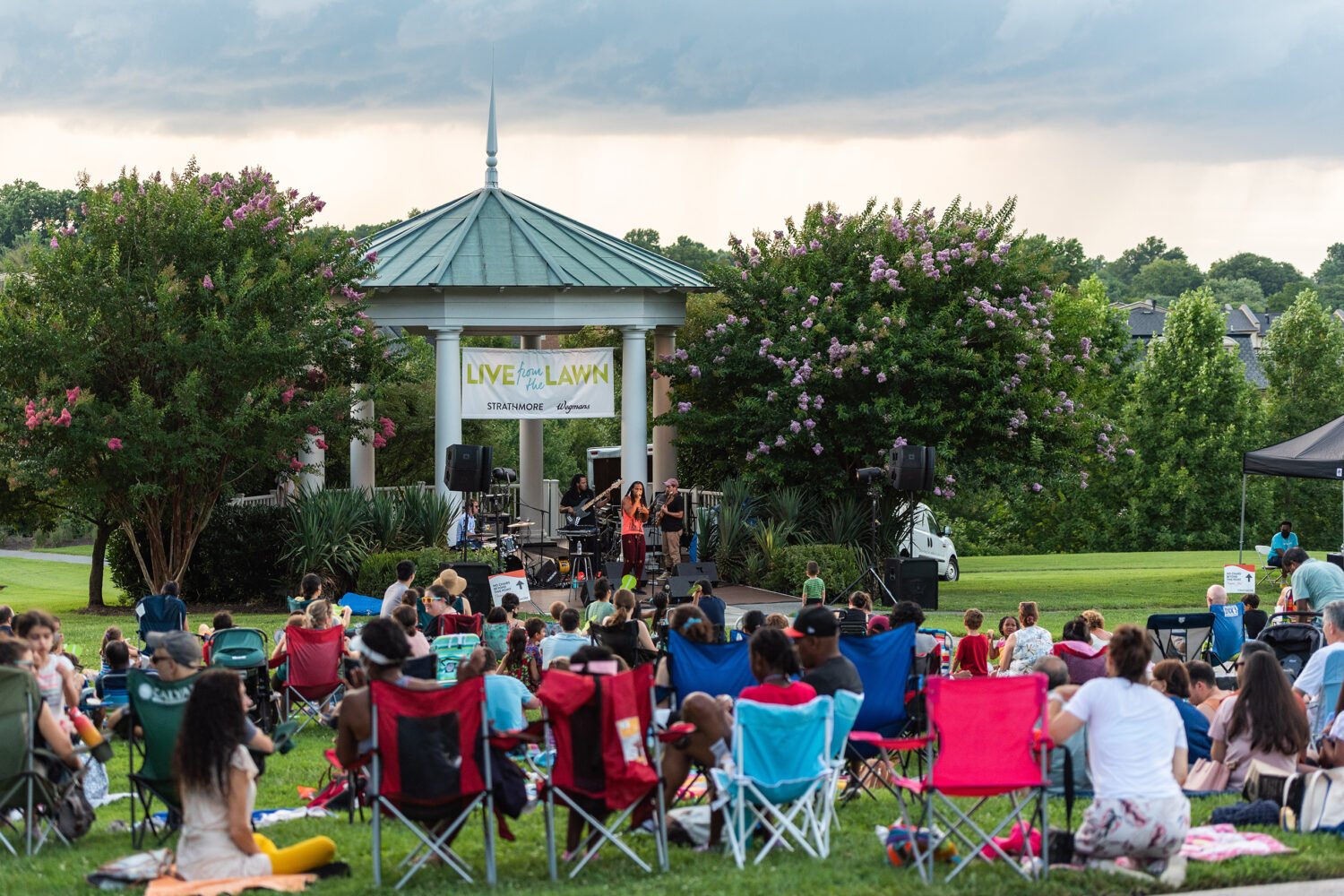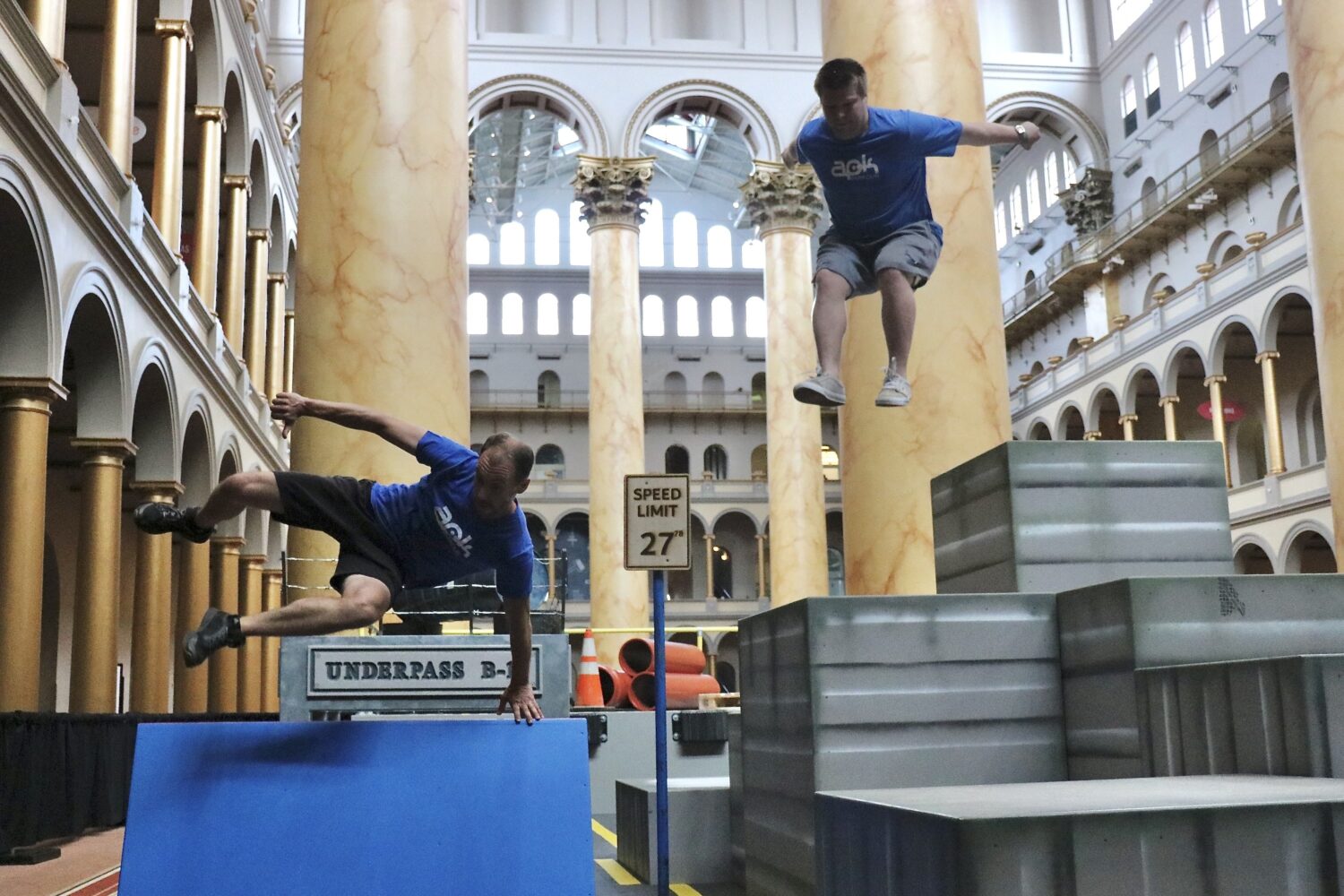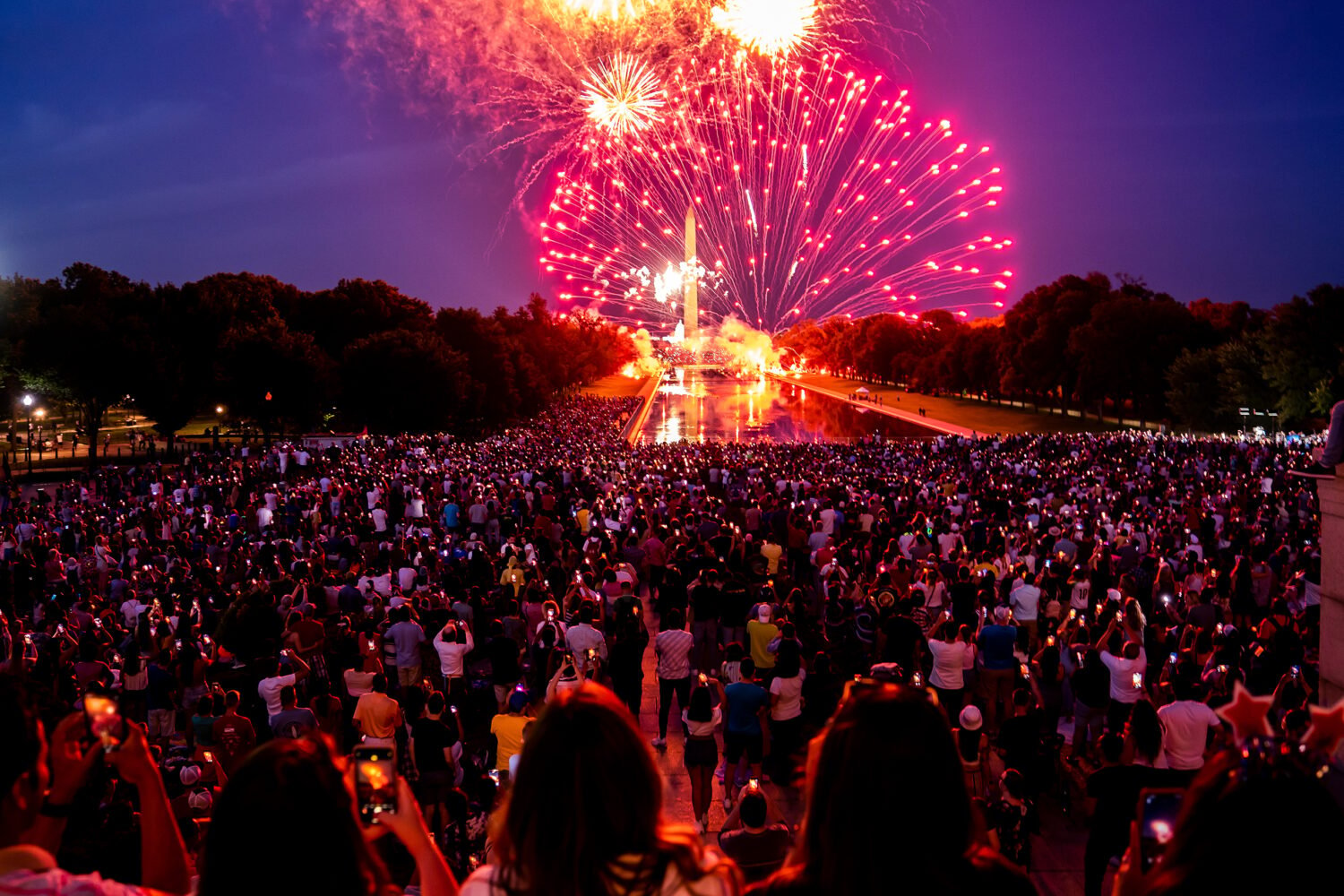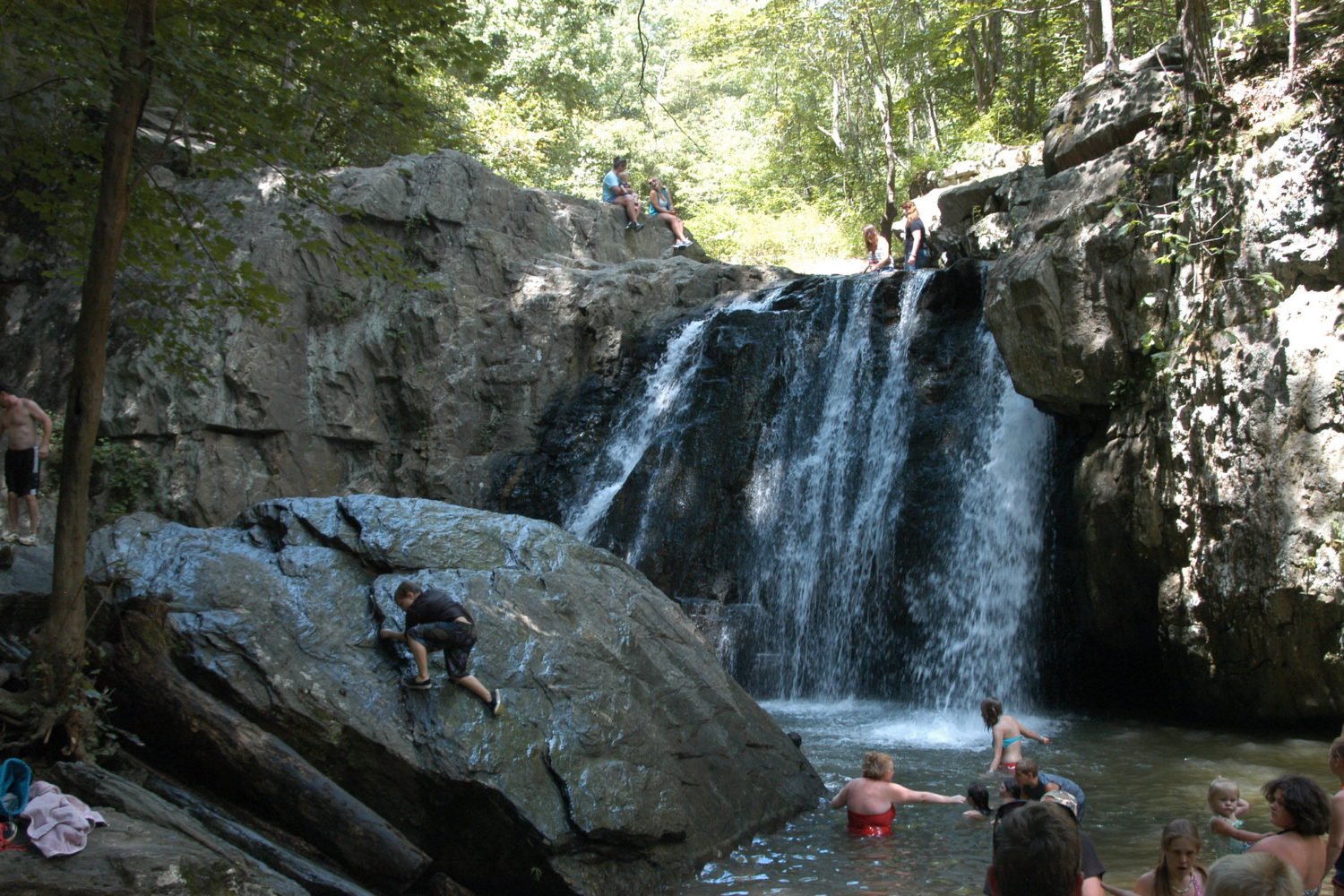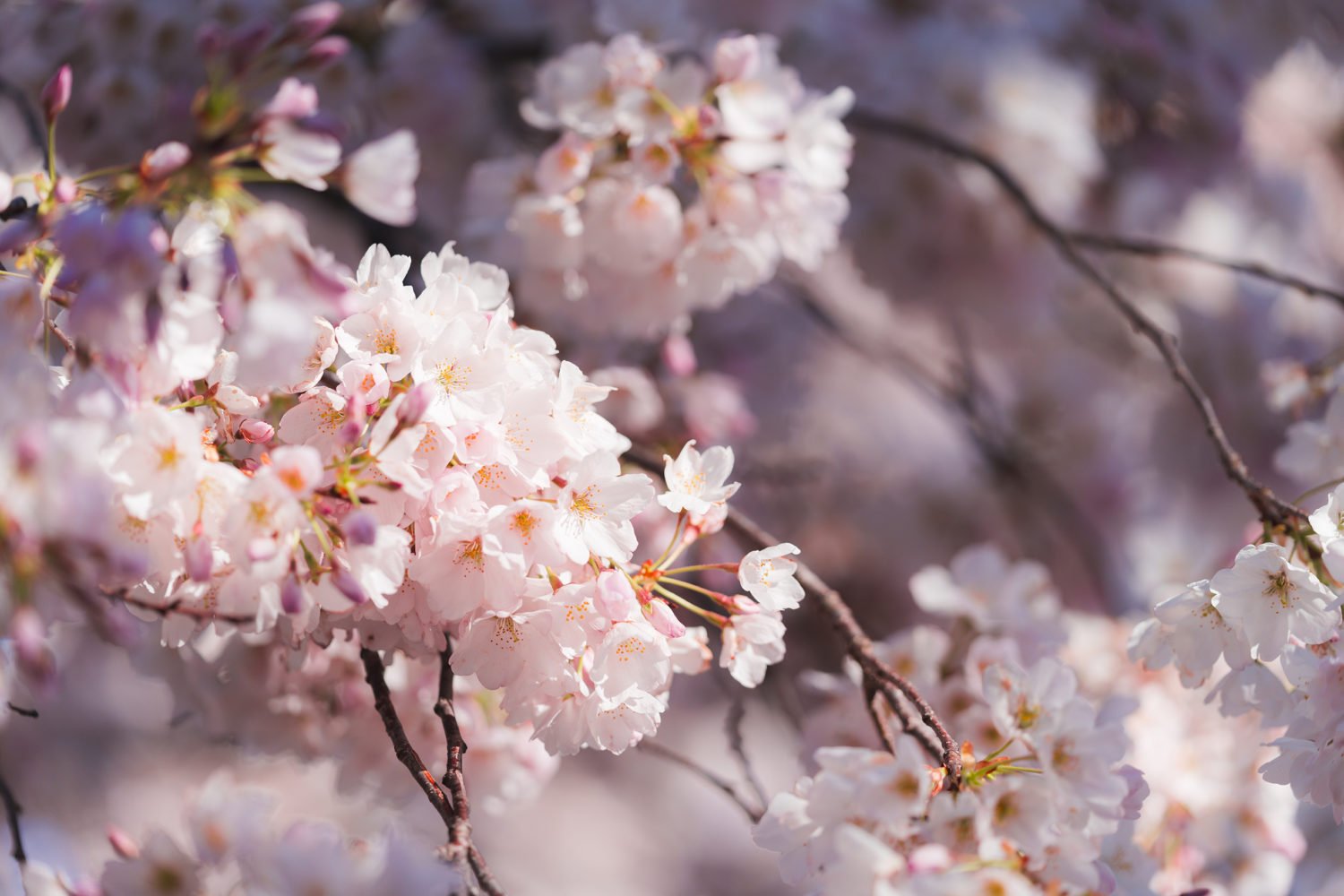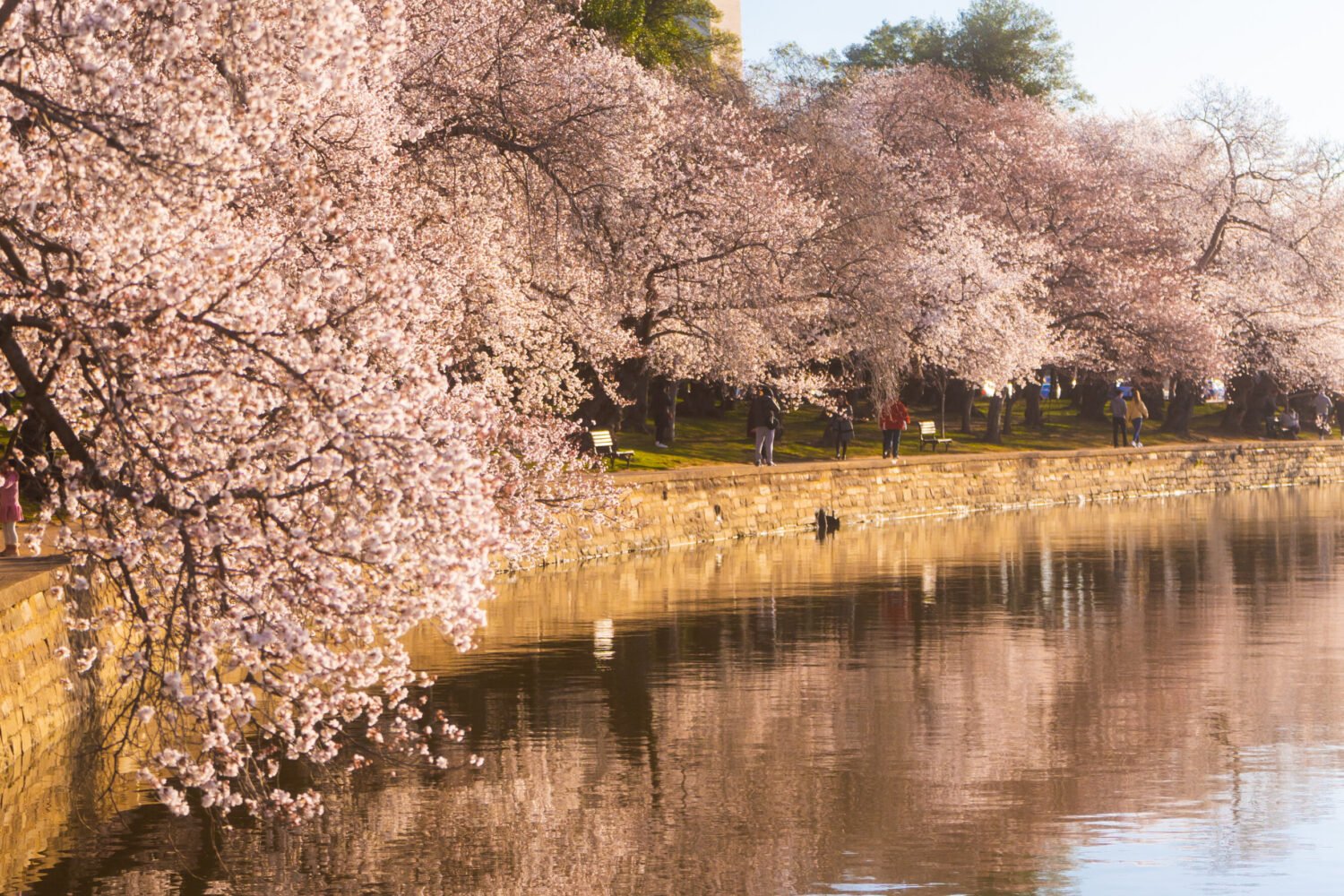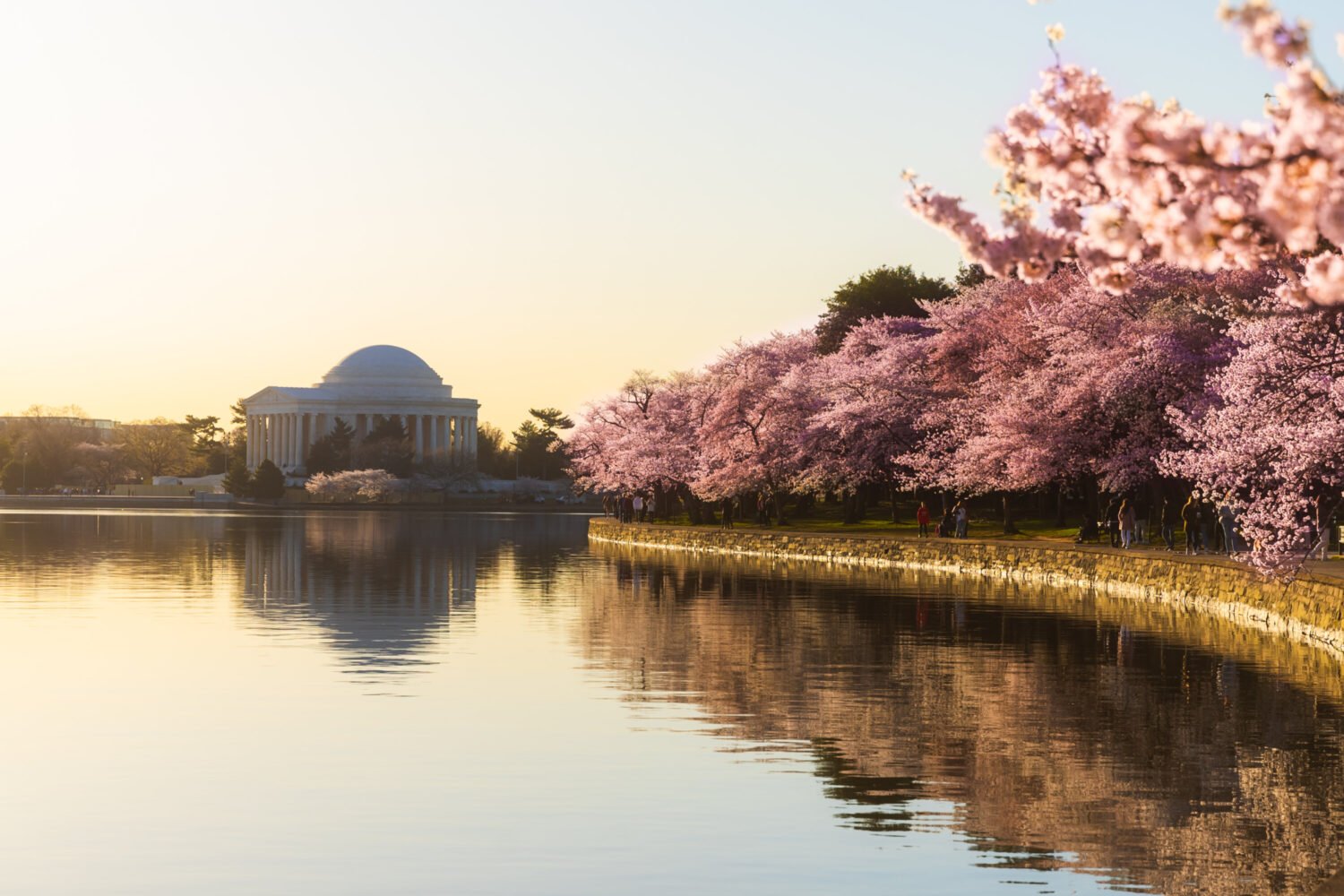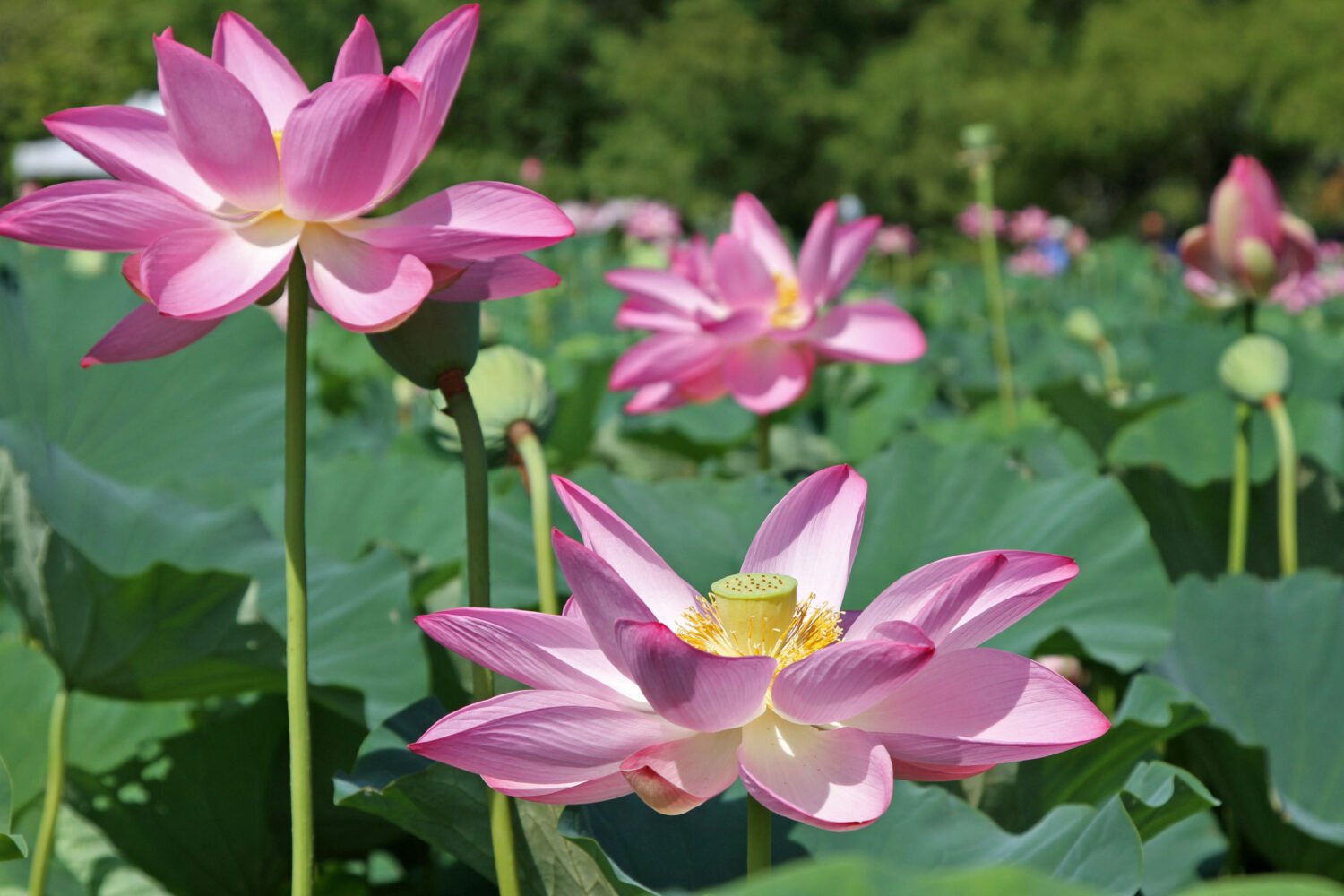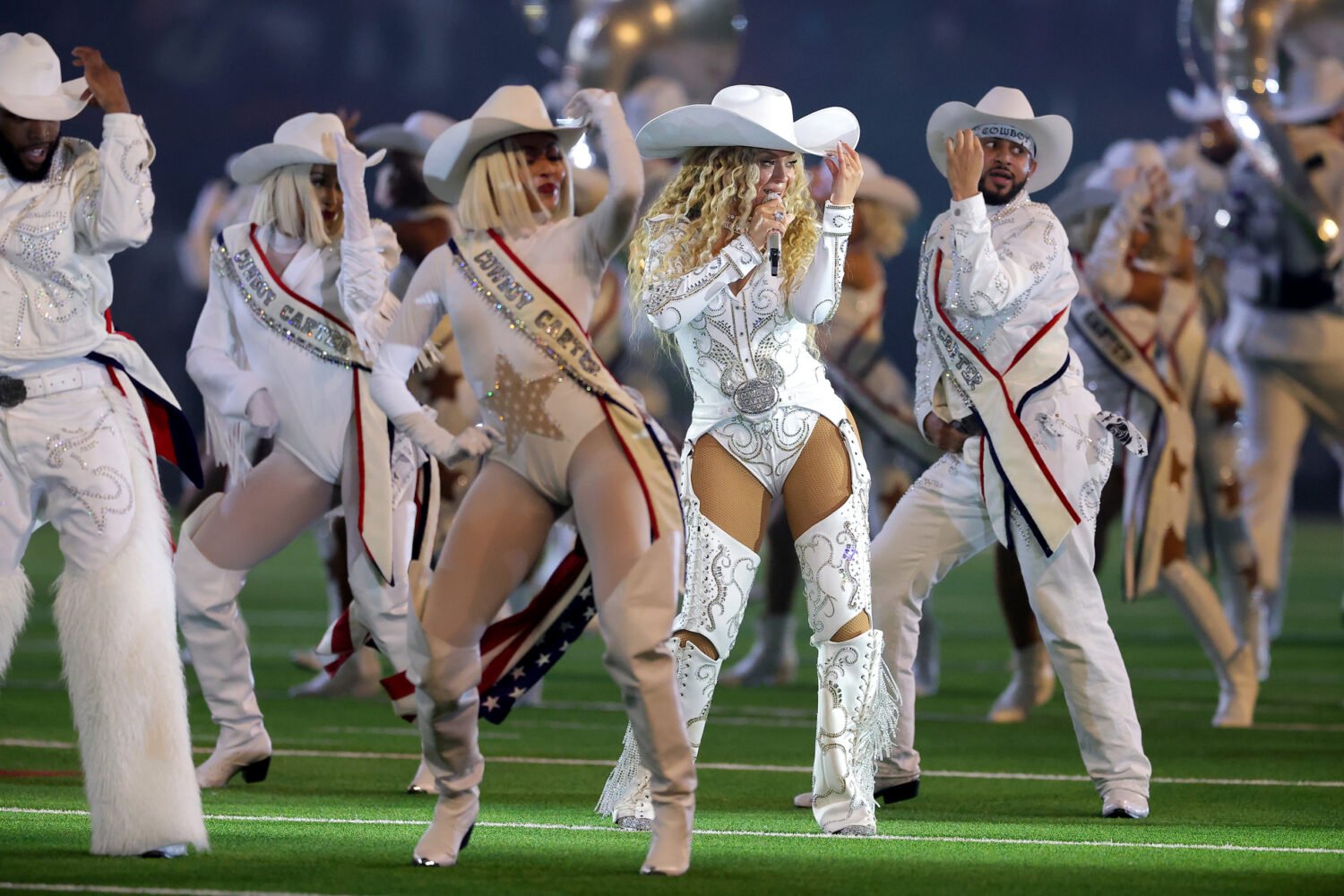In a kaleidoscopic display of wings and tails, kites of all sizes and colors will soon flock the sky near the Washington Monument, as part of the annual Blossom Kite Festival. The festival returns March 26-27 following a two-year hiatus due to the pandemic.
“If it’s breezy and warm enough for people to want to be outside, you will see literally thousands and thousands of kites in the sky from the US Capitol building all the way to the World War II Memorial,” says Jim Cosca, founding president of the Wings Over Washington kite club.
For many of the people on the other end of those kites, it will be their first time flying. (You can buy a kite at the festival.) For others, the festival might mark the one day each year that their kites emerge from the depths of their closets. But for kite devotees who frequent the Mall, it will be another day in the park.
Kite-flying can be surprisingly good for your mental and physical health, say frequent fliers. Here’s why they recommend anyone give it a go:
It’s Meditative
For Cosca and other members of Wings Over Washington, watching their kites bob against a clear blue sky is meditative. Once your kite catches a steady breeze, it’s easy to fall into a trancelike state while watching it. You may even find yourself living vicariously through your kite, feeling as though you’ve escaped the pull of gravity—if only for a bit.
“Depending on the type of kite-flying that I’m doing, sometimes I can literally just get lost in my kite and not pay attention to anything around me,” says Cosca. “I call the type of flying that I do ‘zen flying’—when I’m just flying to music and letting my kite dance. It’s sort of a stream of consciousness thing that just flows out of me.”
It Can Ward Off Desk-Job Aches
Many Washingtonians spend eight hours a day craning their necks downward toward a screen—a posture that can lead to neck strain and tension headaches.
Flying a kite is the rare opportunity to stretch your neck in the other direction. Plus, the activity lets your eye muscles focus on something farther away than your laptop, easing eye strain.
“We have people who, if they get an hour for lunch, will go out and fly a kite for half an hour,” says Barbara Birnman, a member of Wings Over Washington who has been flying for roughly 50 years. “They do it just to destress and loosen up a little bit and then they go back to work.”
It Gets You Outside
Don’t let wind be an excuse to stay inside; let it be your reason to go out. The health benefits of time spent in nature are well-documented. Studies suggest that simply spending time in a green space could reduce blood pressure, heart rate, muscle tension, and the production of stress hormones–all of which are risk factors for cardiovascular disease. Luckily, there is no shortage of kite-friendly parks for you to reap rewards. Along with the Mall, the Cherry Blossom Festival will also feature kite programming at the following parks:
- Palisades Recreation Field (5200 Sherier Pl., NW)
- Banneker Recreation Field (2500 Georgia Ave., NW)
- Lafayette Recreation Field (5900 33rd St., NW)
- Takoma Recreation Field (300 Van Buren St., NW)
- Alethia Tanner Park (227 Harry Thomas Way, NE)
- Marvin Gaye Recreation Center (15 61st St., NE)
- Bald Eagle Park (100 Joliet St., SW)
- Oxon Run Park (1200 Mississippi Ave., SE)
- Bladensburg Waterfront Park (4601 Annapolis Rd., Bladensburg)
- Fairwood Community Park (12390 Fairwood Pkwy., Bowie)
- Virginia Highlands Park (1600 S. Hayes St., Arlington)
As for which kite to buy, Birnman recommends that beginners fly a delta kite, a triangular model that is reliable and easy to get off the ground. The Cherry Blossom Festival is selling one that features a design by DC-native Lea Craigie-Marshall for $15 here.
And, if you’re an absolute newbie, Cosca offers a little rhyme to get started: “If the wind is at your back, you’re on the right track. If the wind is in your face, you’re in the wrong place.”

